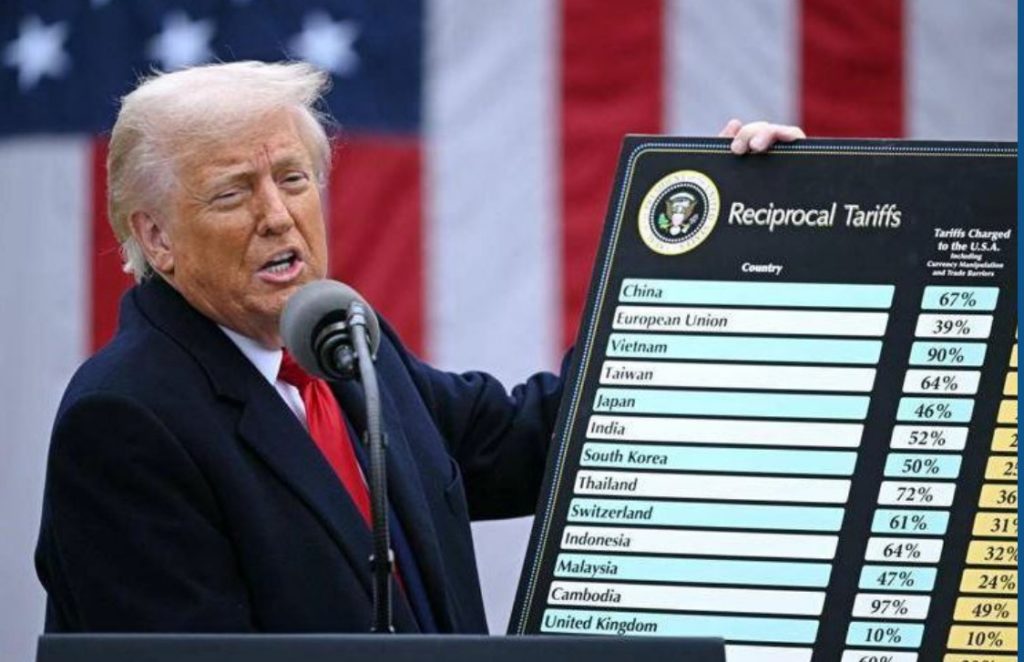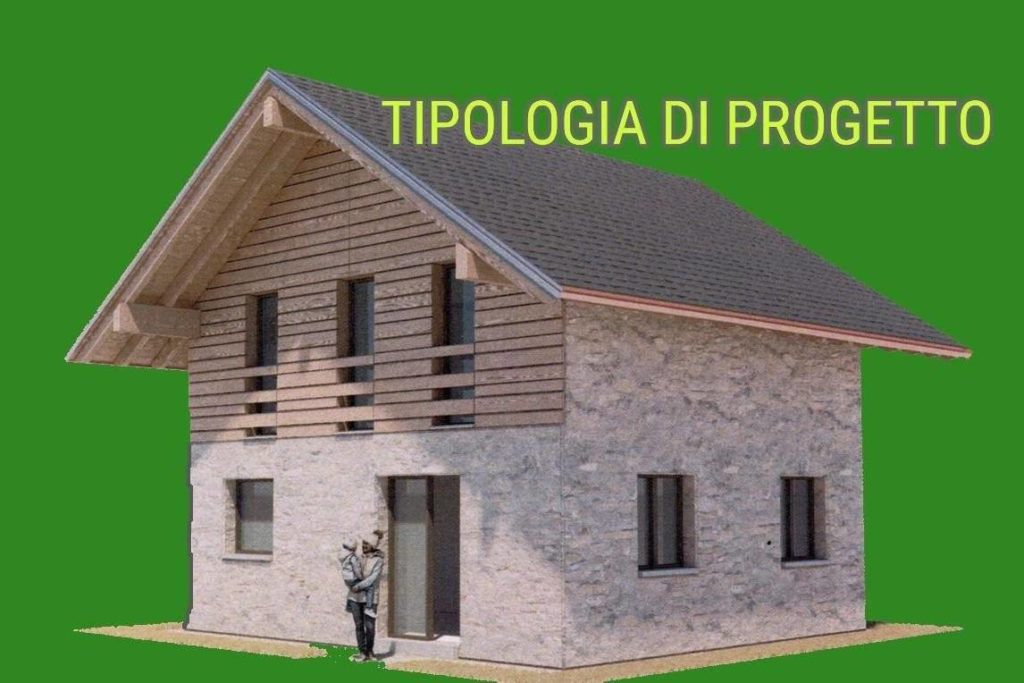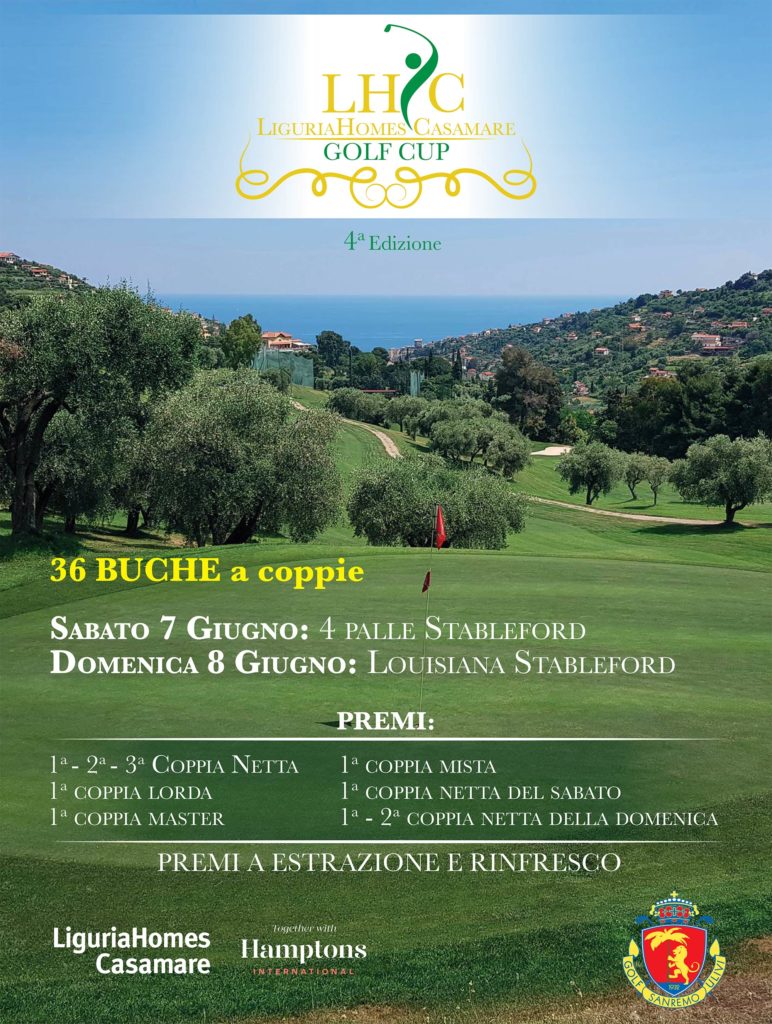In recent months, the reintroduction of tariff policies by the Trump administration has generated global economic ripples, reshaping international trade dynamics. While some protectionist measures seem purely disruptive, they can, in fact, create new opportunities for the Italian real estate market, particularly in the sought-after Italian Riviera.

At LiguriaHomes Casamare, we have been closely monitoring not only the macroeconomic landscape but also the tangible local trends. Notably, U.S. buyer interest in our region has significantly increased over the past year, and our website has seen a continuous growth in visits from American residents actively searching for homes in Liguria.
Monetary Policy, Interest Rates, and Mortgage Accessibility
Global economic tensions, especially those stemming from tariff wars, often push central banks like the European Central Bank (ECB) toward more accommodative monetary policies to sustain growth. This can translate into lower interest rates, making mortgages more accessible and stimulating housing demand.
For buyers from abroad – particularly from the US – this environment creates an attractive window to invest in Italian properties. Lower financing costs increase purchasing power, making luxury coastal properties in Liguria even more appealing both as vacation homes and as long-term investments.
Real Estate as a Safe-Haven Investment
In times of international uncertainty, high-end real estate consistently proves itself as a safe-haven asset. Investors – both domestic and foreign – are increasingly turning to the Italian housing market, particularly its prime coastal areas, to diversify their portfolios.
Properties in Liguria offer not only enduring value but also a degree of insulation from global trade volatility. For international buyers, including Americans, this makes the Italian Riviera an exceptionally attractive alternative to more volatile investment vehicles.
Tourism, Lifestyle, and the Second-Home Market
One of the often-overlooked impacts of global trade tensions is their influence on travel preferences. Italy’s reputation as a safe, culturally rich, and idyllic destination becomes even more appealing during periods of international instability.
We have observed a tangible increase in high-net-worth American travelers who, after visiting Liguria, transition from tourists to property buyers. The region’s charm – from San Remo’s glamour to Bordighera’s elegance and Alassio’s allure – offers the perfect combination of lifestyle, investment potential, and Mediterranean beauty, driving the growth of the second-home market.
Moreover, one of Liguria’s greatest advantages is its exceptional international connectivity. Thanks to the Nice Côte d’Azur International Airport, located just across the French border, buyers and investors from the US, the UK, and beyond can easily reach the Italian Riviera with frequent direct flights from major global cities. Additionally, Genoa Airport has been investing significantly to expand its international routes, opening even more convenient access points for foreign visitors and property buyers. This ease of travel enhances the appeal of owning a home in Liguria, transforming it into a truly accessible Mediterranean destination.
Looking Ahead: Opportunities for American Buyers
Economic history teaches us that markets adapt, often emerging stronger from periods of international tension. For the Italian Riviera, the combination of a unique real estate heritage, favorable financing conditions, and increasing global appeal positions the region as a prime beneficiary of the current international rebalancing.
At LiguriaHomes Casamare, we are already witnessing a surge in inquiries and transactions from American buyers. In 2024, US client interest has grown notably, and our analytics show a steady rise in website visits from American residents searching for homes in Liguria. This signals a promising trend: as the Italian Riviera becomes even more attractive on the global stage, we stand ready to assist international buyers in discovering their perfect property here on the Mediterranean coast.
If you are considering a real estate investment in Italy, now is an excellent time to explore the extraordinary opportunities Liguria has to offer.








